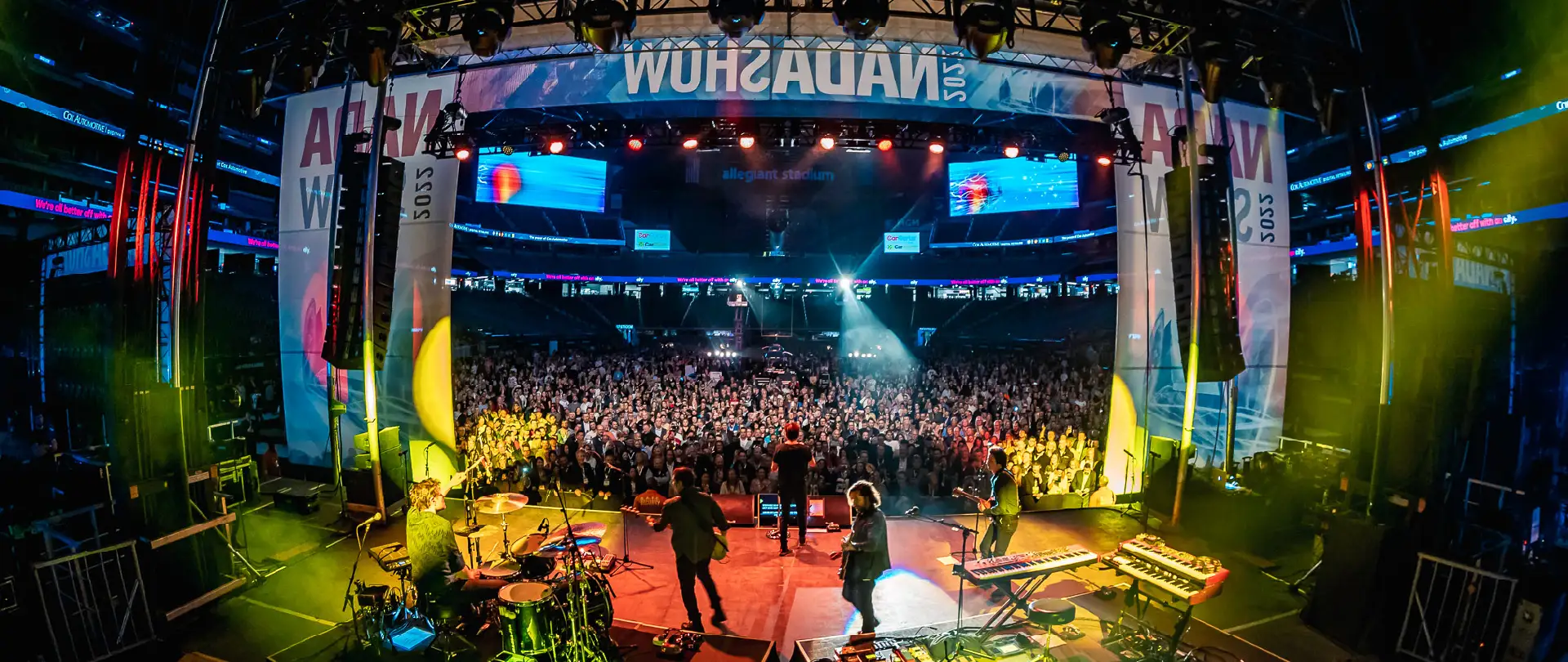Highlighting the Influence of Illumination Techniques on the Craft of Video Projection Mapping Techniques
Highlighting the Influence of Illumination Techniques on the Craft of Video Projection Mapping Techniques
Blog Article
Video projection mapping is an innovative art medium that combines tech and creativity to convert common surfaces into extraordinary visual exhibits. This method involves casting graphics and footage onto 3D objects, such as structures, sculptures, or stages. One of the most crucial factors in producing successful projection in the use of effective illumination techniques. Proper illumination enhances the aesthetic elements of the display and ensures that the visuals are clear and captivating. This piece explores the influence of lighting methods on video mapping and how they can elevate the complete experience.
Illumination plays a vital role in video mapping because it establishes the atmosphere and tone of the display. Different illumination methods can elicit various emotions and reactions from the audience. For example, using gentle, cozy lights can create a welcoming atmosphere, while vivid, cool illumination may create a more dynamic or dramatic effect. By carefully choosing illumination hues and brightness, creators can manipulate how viewers perceive the projected visuals, leading to a more engaging experience. The equilibrium between mapping luminance and surrounding light is crucial, as it can significantly affect the visibility and effect of the images.
In addition to, color and intensity, the direction of illumination also affects the efficacy of projection. Lighting from different angles can create shadows and accents that introduce dimension to the mapped images. This technique, known as chiaroscuro, can improve the 3D quality of the subjects being projected. Furthermore, using moving illumination can add dynamism to the display, making the experience more engaging for the audience. When the light interacts with the projected visuals, it can create an effect of motion and change, grabbing the audience's focus.
Another important element of illumination in mapping in the use of unique features. Methods such as patterned have a peek at this site illumination, which employs shapes and forms to project light, can introduce depth and intricacy to the mapping. This approach enables artists to superimpose images and create visually stunning effects that complement the mapping. Additionally, incorporating lasers or LED lights can additionally improve the exhibit, offering a unique blend of sight components that attract the audience in. These special effects, when used thoughtfully, can elevate the projection beyond a simple display to an immersive piece of creativity.
In summary, the influence of illumination techniques on video projection is profound. By understanding how different lighting elements interact with mapped visuals, creators can produce enthralling experiences that resonate with viewers. The careful selection web link of color, intensity, angle, and special features enables for a vivid canvas of sight storytelling. As technology continues to grow, the possibilities for artistic expression in projection will only expand, making lighting an ever-important aspect in this progressive creative medium.